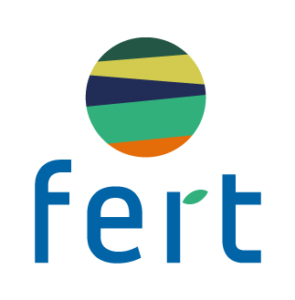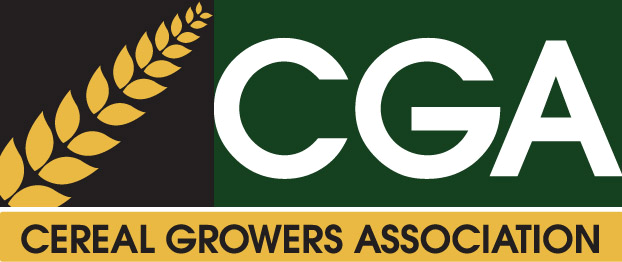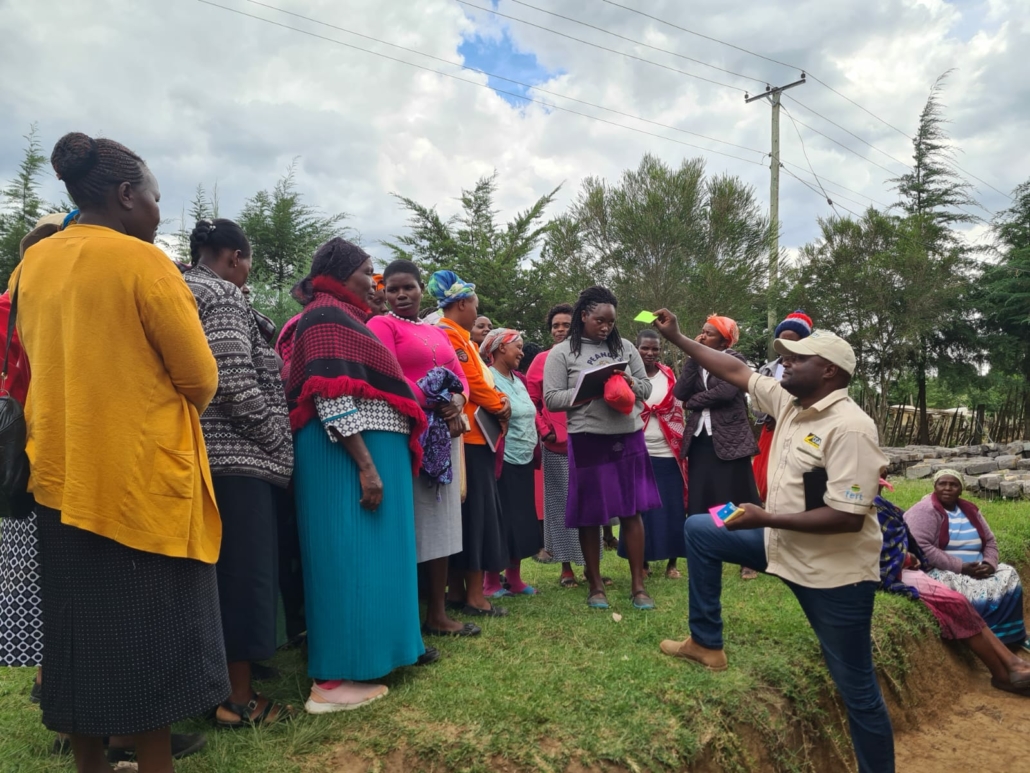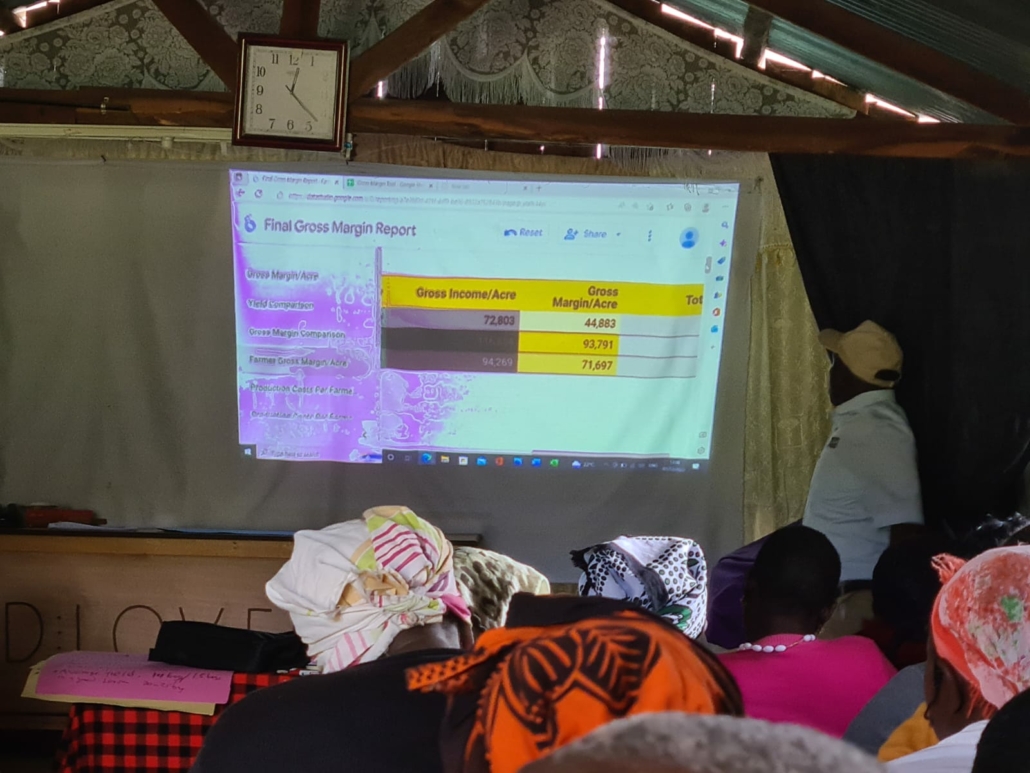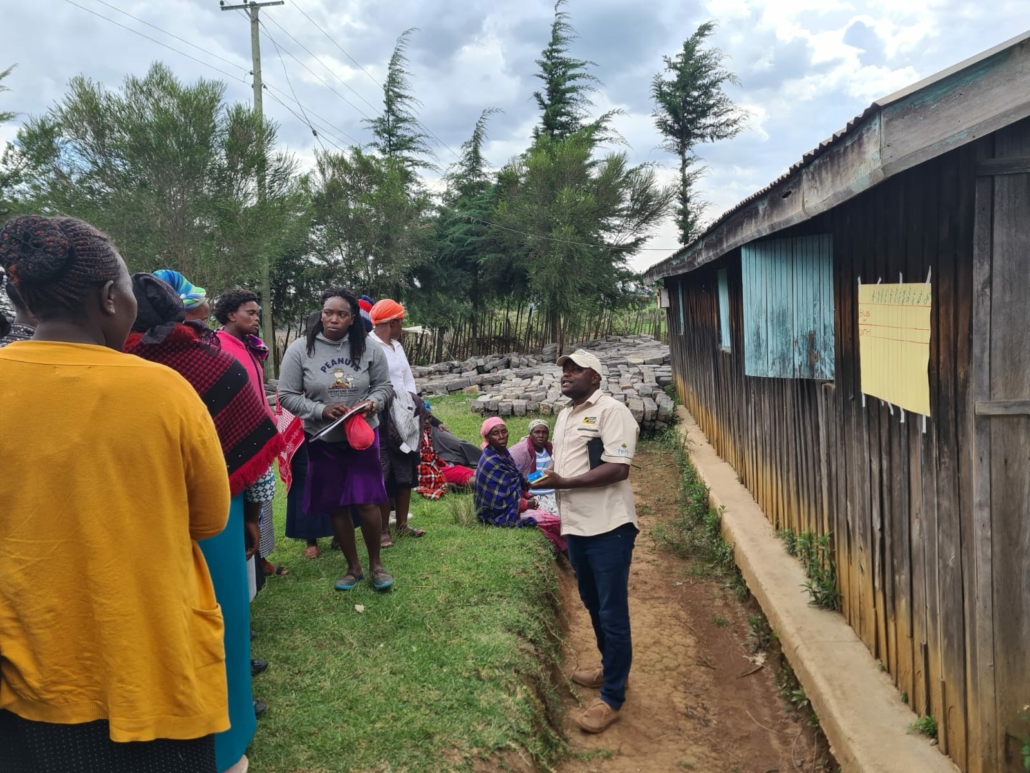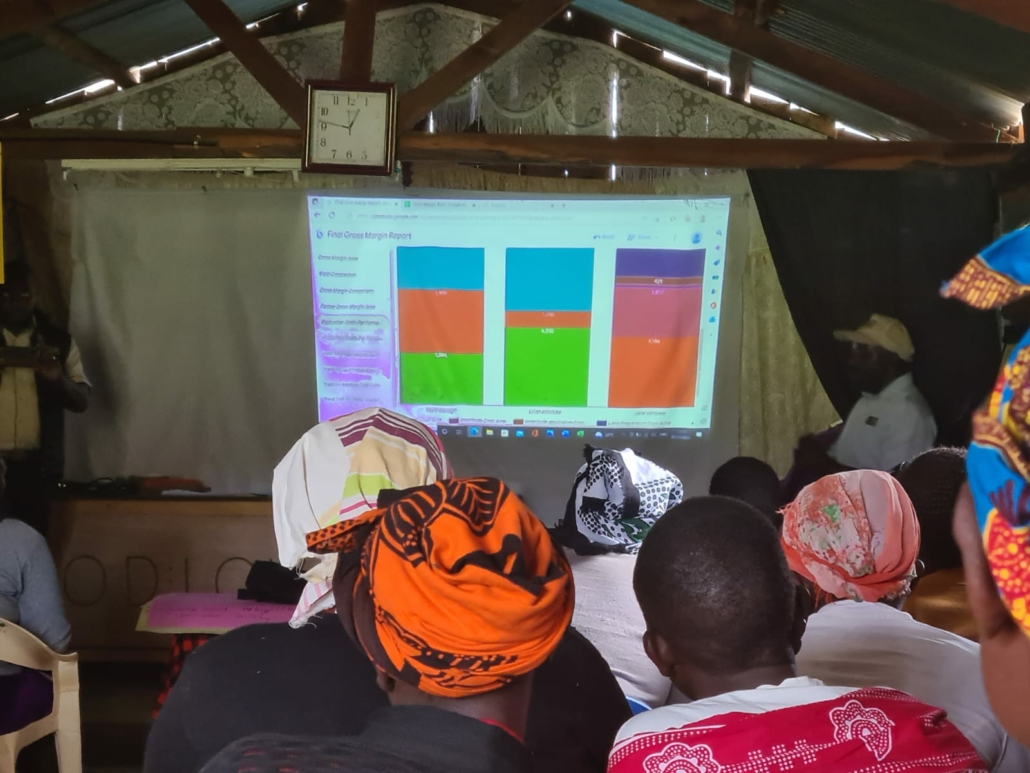Farming is a business. Every season farmers have to make decisions to improve their farming system.
In this context Fert, French agri-agency, capitalizing on its long experience in accompanying FO on advisory, and its partner in Kenya Cereal Growers Association, a national farmer organization that counts more than 250 000 members, have developed an approach of advisory, based on both technical and economic advice.
Economic advice covers here two aspects : cashflow management and analysis of critical indicators like gross margin[1] and cost of production.
The first step was to decide with farmers on the charges to integrate in the calculation of gross margin for different productions (maize, beans, potato, …).This has led to the production of a paper booklet on which farmers progressively write economic, technical and qualitative data : charges, plot area, variety, land preparation method, rainfall…. Indeed, looking only at economic figures can lead to irrelevant advice.
[1] Gross margin is calculated by deducting the charges incurred for the production cycle (land preparation, seeds, other inputs, etc)from the gross product (total of the production x price of the product)
To ease the data analysis, a digital tool has been developed using Google Sheets for data entry and Datastudio for analysis. It is accessible on laptop and tablet, to be usable directly in the field. It calculates the key indicators per acre or per quantity of product. It also helps to compare farmers or crops among themselves and track the evolution of farmer’ results along seasons.
After data entry in the digital tool at the end of the season, the field staff gathers the farmer group members for a season assessment. Farmers start by discussing about the season : climatic and market conditions, major events impacting the results, quality of products…Then they discuss and compare their farm operations and strategies (date of planting, minimum tillage vs ploughing…). On the example of few farmers of the group, the members compare their economic results and the composition of their cost of production resulting from their technical choices, to identify key factors that can impact farm results (positively or negatively).
Finally, compiling lessons from technical and economic results, farmers are accompanied to make collective and individual decisions for the next season, such as anticipating input purchase and buying them collectively or using biofertilizers instead of chemicals.
For CGA and Fert, technical and economic advice can’t be dissociated, and a systemic approach of the farm is necessary to accompany farmers in a sustainable improvement of their farming enterprise.
Also, a key point when developing an advisory tool is balancing between aiming at being comprehensive and having a tool which is useful, usable, used, and filled with reliable data from the farmers. of fertilizer
“[During the season assessment] it was very instructive to discuss with my members about our practices this season and we could see the economic impact of planting late or using minimum tillage and the number of fertilizer applications for example. We have agreed on some way forwards like aggregating demand for seeds and trying to do minimum tillage.”
